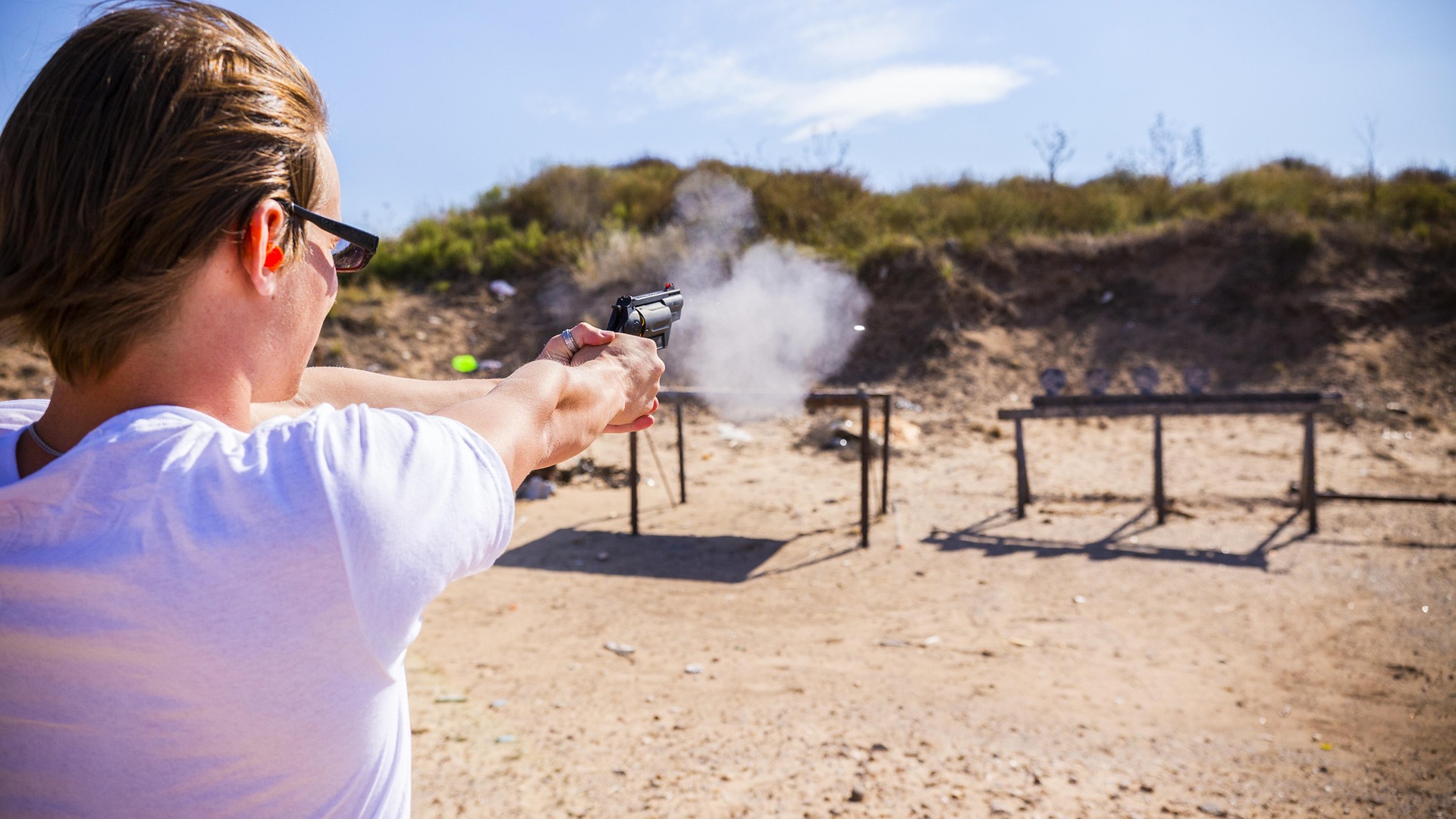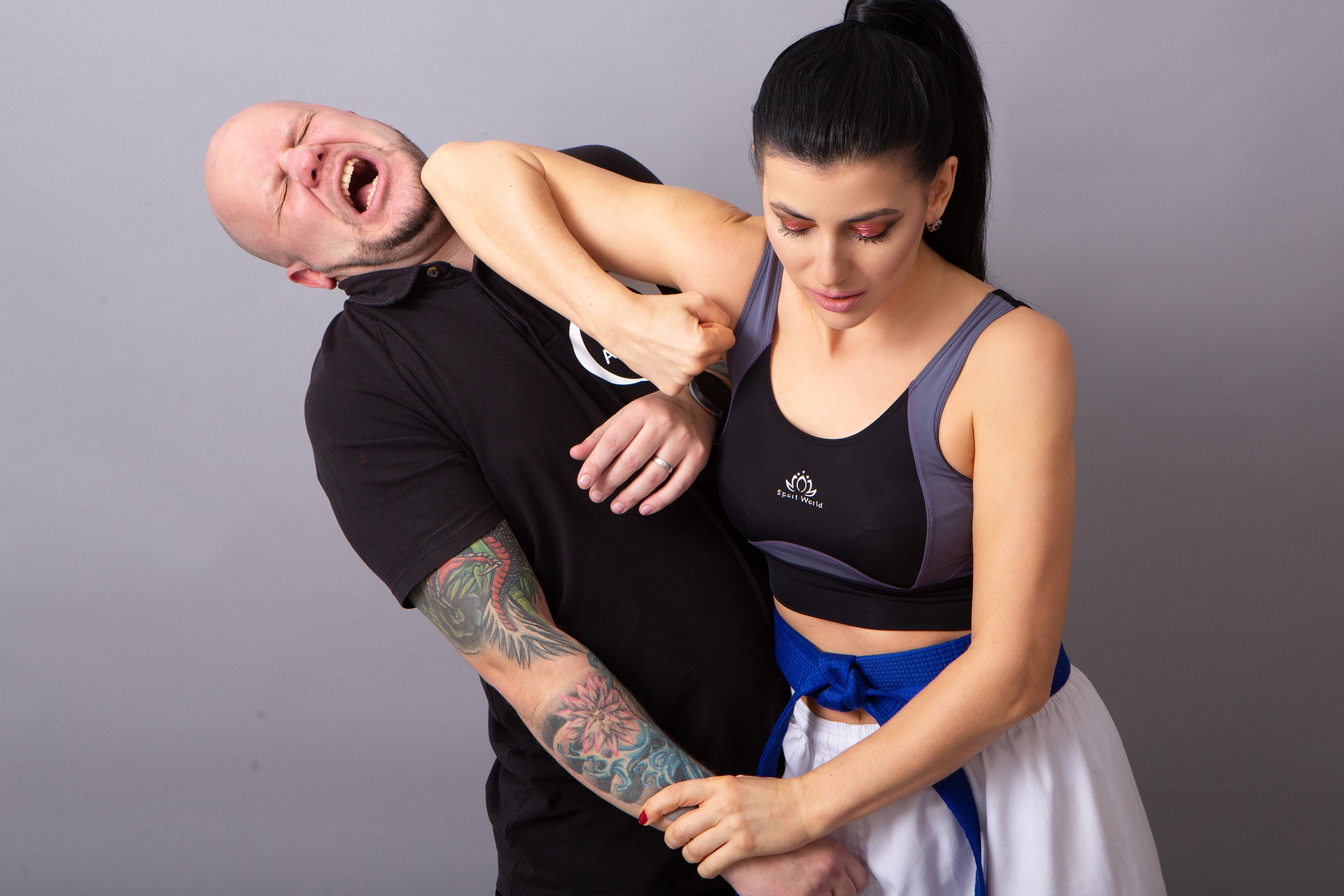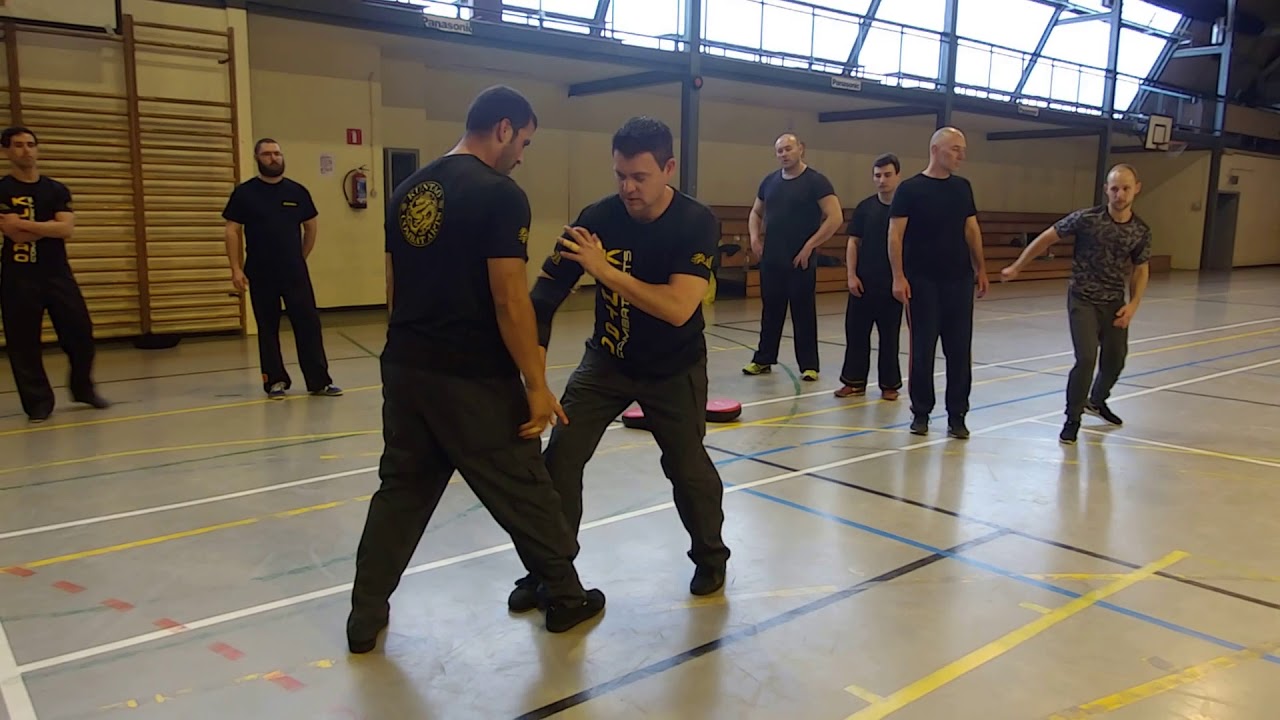When we talk about close, medium, and long range in martial arts, we’re not just referring to how far apart two fighters are. We’re also discussing which weapons are effective at what distances, and how your speed and timing are affected by range. You’ve likely heard me mention these concepts indirectly, but today we’re breaking them down clearly.
Each range can also be understood in terms of your reach:
- Close Range – Elbow strikes are effective.
- Medium Range – Fist strikes dominate.
- Long Range – Kicks and extended leg techniques come into play.
Understanding these ranges gives you a better grasp of your technique, positioning, and timing in real combat or sparring situations.
How Does Range Affect Speed?
You are fastest when executing a strike from within its optimal range. Trying to elbow someone from kicking distance or kick someone from elbow range not only slows you down, but it also exposes you to counterattacks.
- Too close? You’re jammed and lose the ability to generate power or use specific techniques effectively.
- Too far? Your strikes will either miss or lack the necessary force due to overextension. The opponent can also intercept or evade more easily.
Speed is about efficiency—not just how fast your limbs move, but how quickly you can connect with meaningful force. Optimal range equals optimal speed.
How Does Range Affect Distance Management?
Distance management is the foundation of good strategy. It determines:
- Which techniques are effective?
- When and where to move.
- How to limit your opponent’s options while maximizing your own.
When you understand your enemy’s effective range, you can stay just outside of it while keeping them within your ideal range. This creates a constant advantage.
Effective fighters control the range as a method of controlling the fight. It’s not just about striking—it’s about positioning for the best outcome.
Review and Apply: Range in Your Techniques
Take time to review your kata or self-defense techniques, focusing on range. You’ll notice how techniques often flow from long to medium to close range—or vice versa. Each movement has a purpose within a specific zone.
Adjust your footwork to match your intended range. Don’t neglect checking, angling, or jamming techniques—these are all ways of managing the space between you and your opponent.
Understanding the Strike
Here’s a crucial concept: your speed should be generated in the jam zone (the preparatory movement zone), with the intent to land forcefully in the impact zone. Planning to hit beyond the impact zone often results in a strike that’s exhausted and ineffective by the time it connects. This common mistake is what people refer to as “punching through the target”—done poorly, it leads to sloppy technique and reduced power.
Speed and distance are inseparable. A lightning-fast punch that misses its target is useless. Perfect range with a sluggish strike is equally ineffective. To be a well-rounded martial artist, you must understand how speed and distance work together. They are not opposing forces, but partners in your effectiveness.
Spend time experimenting, analyzing, and applying these principles in your training. When you truly internalize range management, your ability to dominate a fight—whether in sparring or self-defense—will improve dramatically.



